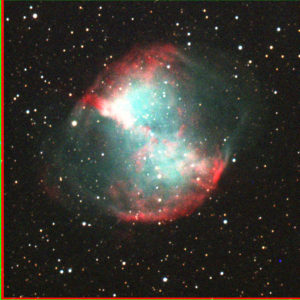ጠጅ ቤት
TeJ BRINGS THE ETHIOPIAN IN YOU
Before we begin reading about the Ethiopian Honey Wine, that we call Tej, I want you to go back in time and examine the scene of a typical Tej Bet (house of Tej, or a place where Tej is served. I have one in mind, Dejene teJ Bet. Dejene Tej Bet is located near Kidame Gebeya close to Aroge Arada. It is strategically located to attract market-goers who come from near Chillalo mountain in the east, Chebi in the west, Zewai in the south west, Sagure, Digelu, Dosha, Gonde, Iteya etc. A lot of things are exchanged, lamb, chicken, injera, teff, sinde, gebs, ater, mashilla, bekolo, shinkurt, kibe, magedo, kesel; my god everything. By the end of the day everyone is happy, and especially the men party, while some of their women wait outside. Sometimes they drink together. Dejene TeJ bet becomes as crowded as the market itself. A long row of people wait to be served by the TeJ Asalafi. One Brille teJ costs one Chichif or simuni or “quarter”. One is enough to make you talk too much, if you add an other one y ou will start talking politics exactly like some of our politicians.
A brief and well organized work was done by Harry Klomann of University of Pittsburgh. This is the best website. Kloman writes the word the amharic name for honey wine, Tej came from the original word da’gay . He also gives a chart full of names for the product from various enthnic groups including thoes in neighboring countries. Ethiopians drank Tej since 400 B.C
A total of 200 samples of ‘tej’, an indigenous Ethiopian honey wine, were collected from ten production units at different production times. The pH values of samples varied between 3.07 and 4.90 and 77% of the samples had pH values <4.0. Difference in pH value among all samples was significant (p<0.01). The range for titratable acidity was 0.1 g/l00ml to 1.03 g/l00ml and mean values for the different production units were 0.34 – 0.6 g/l00ml. About 65% of the samples had titratable acidity values of 4 g/l00ml and variations within samples of production units (CV>10%) or among all samples (p<0.01) were significant. Mean total alcohol content for the various production units was 6.98% -10.9%. About 58% of the samples had alcohol content of 5 – 10%. Fusel oil content of samples ranged between 0.1 g/l00L and 88 g/l00L. Mean values for the production units were 13.6 – 27.4 g/l00L. About 50% of the samples had fusel oil content of >20 g/l00L. Variation in total alcohol and fusel oil content within samples of production units was significant (CV>l0%) and difference in these values were also significant (p<0.0l). Mean values for total carbohydrate, total lipid, total protein and reducing sugars were 1.49-3.73 mg/ml, <1.00 mg/ml, 0.33-4.66 mg/ml and 0.46-2.09 mg/ml, respectively. Variations in these values within samples of production units (CV>l0%) or among all samples (p<0.0l) were significant. As ‘tej’ fermentation is a spontaneous process that depends on microflora naturally present on the substrates and equipment, the different metabolic products of the randomized microflora at different stages, the physical and chemical environment, duration of fermentation and concoction practices would result in physico-chemical variations in the final product. (Link)
